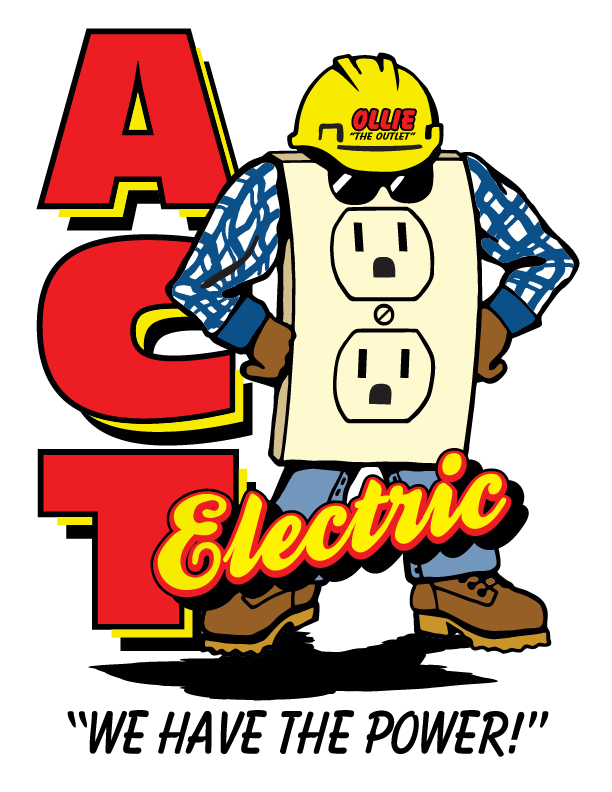Understanding Surge Protection and Why Every Home Needs It
Surge protection devices prevent tragedy by redirecting electrical surges and nullifying their impact.
Electrical surges can be devastating. If surge protection seems unnecessary, a dead computer with lost data suggests otherwise. Surge protection devices prevent tragedy by redirecting electrical surges and nullifying their impact.
Here is why every home needs effective surge protection:
Power surges
While many modern power grids are stable, all are susceptible to surges. For example, areas constantly exposed to lightning are at risk of strikes, bringing massive amounts of current into a fragile system. Blackouts and brownouts are another major cause, with power restoration often causing a spike in current.
The damaging part of a surge is usually the voltage fluctuation. It can damage appliances, either instantly or over time. In some cases, it can even cause sparking outlets and fires. If a home’s standard 120V is exceeded, its most sensitive appliances (laptops, smart TVs, etc.) can be at risk.
What’s a surge protector?
A surge protection device takes any fluctuation in voltage and redirects it via metal oxide varistors (MOVs). This diverts the excess current into the ground, where it can safely dissipate.
Surge protector units come as a power strip, fitted on certain outlets, or as devices that protect the entire circuit board. While the former can be easily set up, household units need the savvy of a professional electrician to ensure that the entire house is properly protected from sudden surges.
Types of surge protectors
Each of the three protector types serves a particular function:
Type 1: This protector can withstand the enormous fluctuations associated with lightning. It often comes complete with spark gap technology.
Type 2: These protectors protect appliances and other devices from low voltage.
Type 3: For sensitive appliances that carry important data, this third surge protector type acts as further protection for Type 2. It redirects any extra fluctuations that may overflow from the former.
Surge protectors are also measured by their Joule rating. Those with higher Joule ratings can better handle larger surges. A fridge, for example, won’t need the same protection as a server room.
Surge protectors can only withstand so much punishment. Therefore, it’s important to regularly inspect the condition of all household surge protectors for damage and wear and tear. An expert electrician can easily identify any problems.
Choosing the right surge protection
Surge protection is a vital addition to any home. Not only can it safeguard valuable appliances and other devices, but it also prevents potential fires from sparking. The best protector for a home depends on the need. Here are some questions to ask when deciding:
What type of surge protector is best for household needs?
Does the entire house need protection, or just certain rooms and devices?
Is the area prone to blackouts or lightning?
How strong does the protector need to be?
Contact an experienced electrical professional for advice on choosing the best surge protection for the home.
ACT Electric provides timely and professional attic fan installation, hot tub wiring, and whole house surge protectors services in Mesa and its surrounding cities. We are licensed and bonded and have a team of experienced electricians. We also specialize in providing commercial electrical services.

